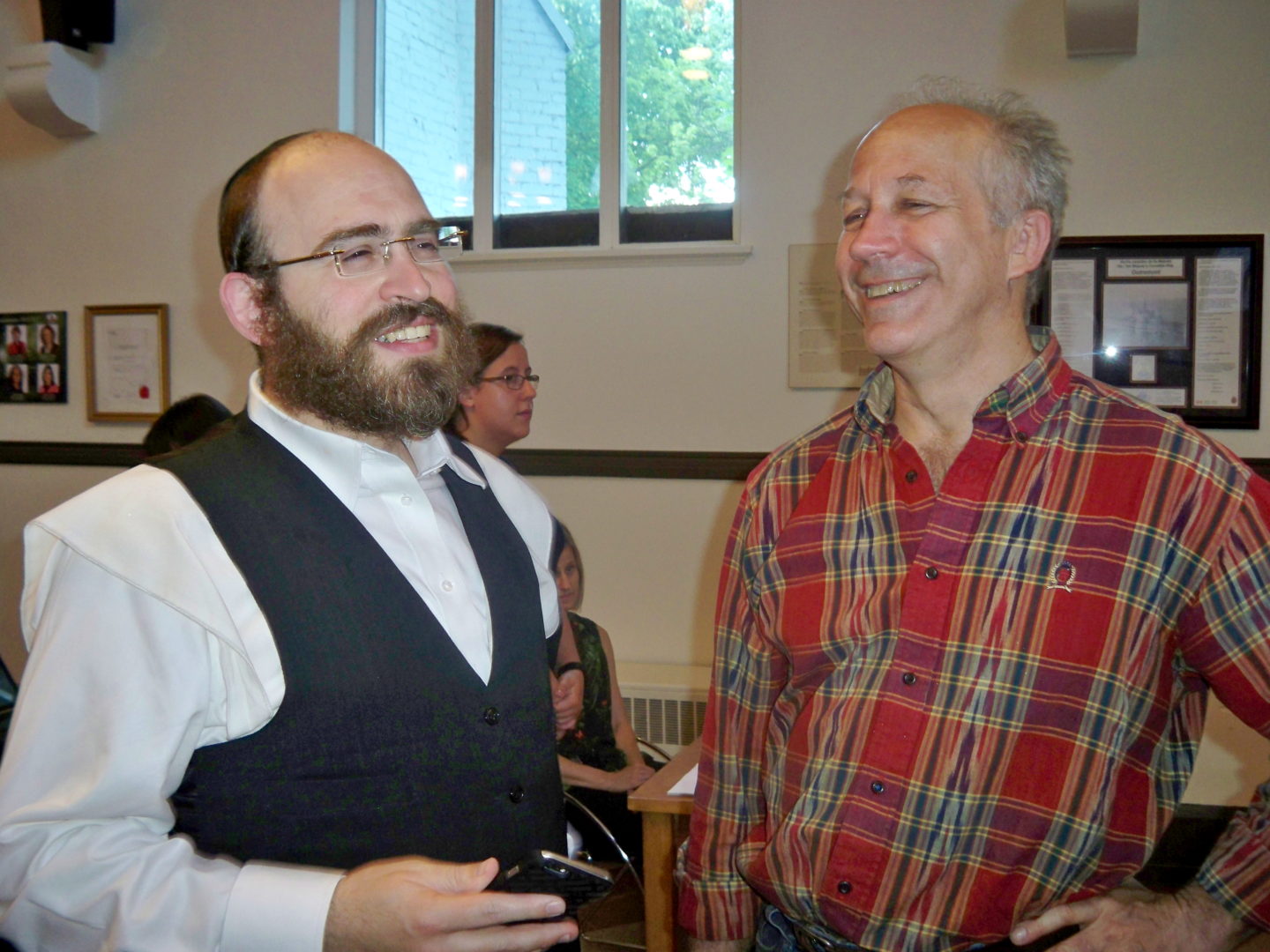OUTREMONT, Montreal – Tensions between the growing chassidic community and the Montreal borough of Outremont are escalating after the council decided to support a ban on any new places of worship on two important commercial arteries.
By a margin of 4-1, with chassidic councillor Mindy Pollak being the sole dissenter, the council voted on May 30 in favour of a bylaw prohibiting any additional synagogues, churches, mosques or other religious institutions on Bernard and Laurier avenues. A similar ban has been in effect on another commercial street, Van Horne Avenue, since 1999.
The council said the aim is to revitalize these streets, which are filled with restaurants and shops whose business has been suffering.
READ: OUTREMONT ADOPTS RESTRICTIONS ON HOUSES OF WORSHIP DESPITE OPPOSITION
“There is no problem here. It’s all been created just to push us out of Outremont… They are spending tax money with the goal of squeezing us out,” chassidic community member Max Lieberman told The CJN.
The Chassidim say they need more synagogues because the existing ones are filled to capacity. Leaders have charged that the bylaw was drafted without consultation with their community or an independent study of the impact such a ban would have on commerce.
The Chassidim, who represents about 20 per cent of Outremont’s population, consists of several communities, including Belz, Vishnitz and Satmar.
Following the vote, borough mayor Marie Cinq-Mars flatly denied the bylaw targets Chassidim or any other religious group. “That’s false, false, false,” she told the media.
Chassidic spokesperson Abraham Eckstein claimed that if this bylaw were adopted, there would effectively be a ban on new places of worship in the entire borough. Only if a church, for example, closed could the Chassidim open another synagogue, he said.
Face to face with Eckstein after the meeting, Cinq-Mars, in a calm exchange, denied that charge, noting that 11 zones remain open to places of worship.
With the bylaw having passed second reading, the next step is the opening of a register to ascertain the demand for participation in a referendum on the zoning changes among residents and business owners in the two zones affected, as well as contiguous zones, which extend into the neighbouring Plateau Mont Royal borough. The details of this step will be announced in June.
After that, another register will be opened where eligible residents can signal their desire for a binding referendum on the rezoning, in accordance with Quebec law.
This is actually the second time around for the process, short of holding a referendum. The bylaw was adopted by council in December, despite vigorous opposition from the Chassidim, including the threat of legal action on the grounds that it’s discriminatory. The process is being repeated because an error was made in the maps distributed during the first go-around.
Also different this time is the absence of a section of the bylaw creating a new zone for places of worship in the borough’s northeast corner, north of Van Horne, which was part of the original version of the bylaw.
That is still on the table, but the parameters of that zone have yet to be defined, Cinq-Mars said.
The Chassidim have rejected this compromise, saying the area is too far from where most of the community lives and is also possibly unsafe because the largely industrial sector borders on railway tracks.
The mayor is asking them to reconsider, pointing out that the area is undergoing a major change: the Université de Montréal is building a campus there, the train tracks will be moved, and amenities such as a park will be created.
“We are making the zone more attractive, and possibly larger,” she said.
The final reading of the latest iteration of the bylaw proved to be a speedy formality before a sparse audience, with only council meeting regular, Pierre Lacerte, a longtime critic of the Chassidim’s alleged violations of municipal regulations, asking a question. Supporters of the bylaw have submitted a petition with more than 1,000 signatures.
Opponents note that there are already 15 places of worship in the area bounded by Van Horne, Park Avenue, Laurier and Durocher Avenue alone.
The serenity of the May 31 meeting was in contrast to a public consultation held a week before that drew about 300 people. More than 30 Chassidim got up and walked out in protest, some holding signs reading “Consultation bidon” (phony consultation).
The protesters said they felt the outcome of the consultation had been determined in advance, and the council is not really interested in their concerns.
They argue that the bylaw was put forward after the Mifal Hashas congregation sought a permit to open a shul on Bernard last year.
READ: SOME MONTREAL HAREDI SCHOOLS STILL NOT COMPLYING WITH LAW: REPORT
After the latest meeting, Cinq-Mars told Eckstein that she felt walking out on the public consultation was “not very democratic… I don’t think you did right to leave.”
She emphasized the council is taking all viewpoints into consideration, including those submitted in writing. “I prefer to hold a public consultation than have someone meet me behind closed doors,” she said.
Eckstein pleaded with her to look at it “from a human standpoint… It’s not easy for us to hear people spouting anti-Semitism, speaking viciously about our community, even though I know you tried to stop it.”
Cinq-Mars countered: “In my 8-1/2 years as mayor, I have never let anyone say anything incorrect,” adding “cohabitation among different groups is not easy. We have to learn to work together.”
